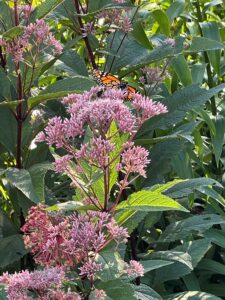Join us for the next session Tuesday 9/9/25
- Emily Fontaine (Project Manager, Rutgers NJ Ticks 4 Science)
- Still time to Sign up (click here) for the two remaining 2025 sessions- Rutgers Ornamental IPM Program
- Please visit our new –Rutgers Ornamental IPM Program Website (click here)
Previous webinars:
- Click here for a PDF of August 26, 2025 webinar
- Click here for a VIDEO of August 26, 2025 webinar
- Click here for a PDF of August 12, 2025 webinar
- Click here for a VIDEO of August 12, 2025 webinar
- Click here for a PDF of July 22, 2025 webinar
- Click here for VIDEO of July 22, 2025 webinar
- Click here for a PDF of July 8, 2025 webinar
- Click here for VIDEO of July 8, 2025 webinar
- Click here for a PDF of June 24, 2025 webinar
- Click here for VIDEO of June 24, 2025 webinar
- Click here for a PDF of June 10, 2025 webinar
- Click here for VIDEO of June 10, 2025 webinar
- Click here for a PDF of May 27, 2025 webinar
- Click here for VIDEO of May 27, 2025 webinar
- Click here for a PDF of May 13, 2025 webinar
- Click here for VIDEO of May 13, 2025 webinar
- Click here for a PDF of April 22, 2025 webinar
- Click here for VIDEO of April 22, 2025 webinar
- Click here for a PDF of April 08, 2025 webinar
- Click here for VIDEO of April 08, 2025 webinar

